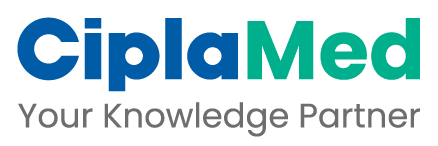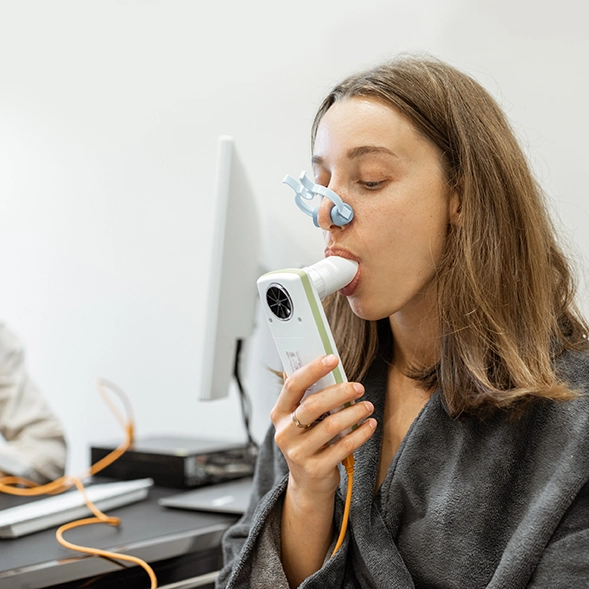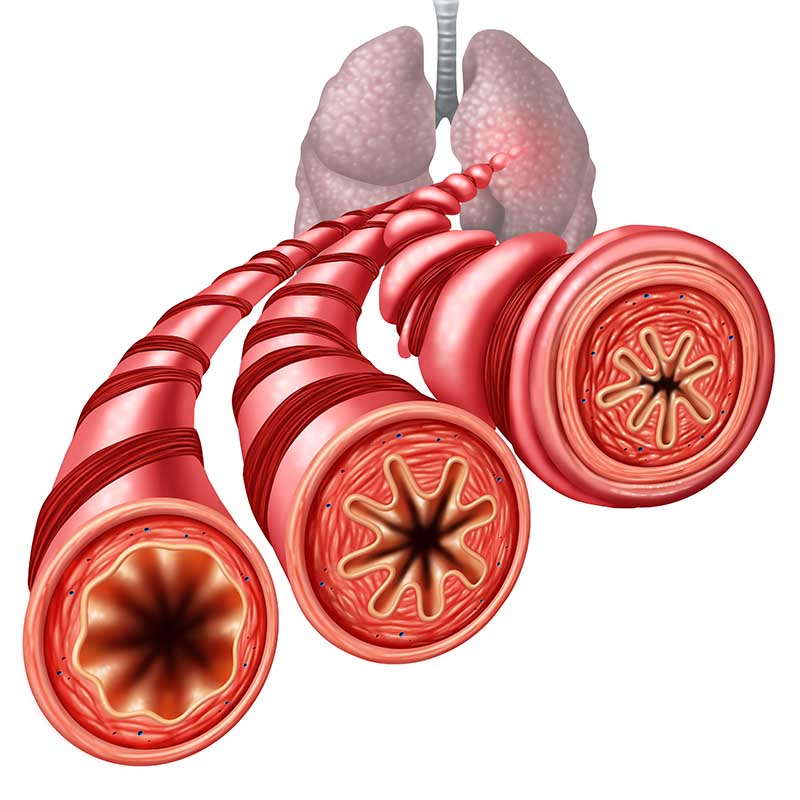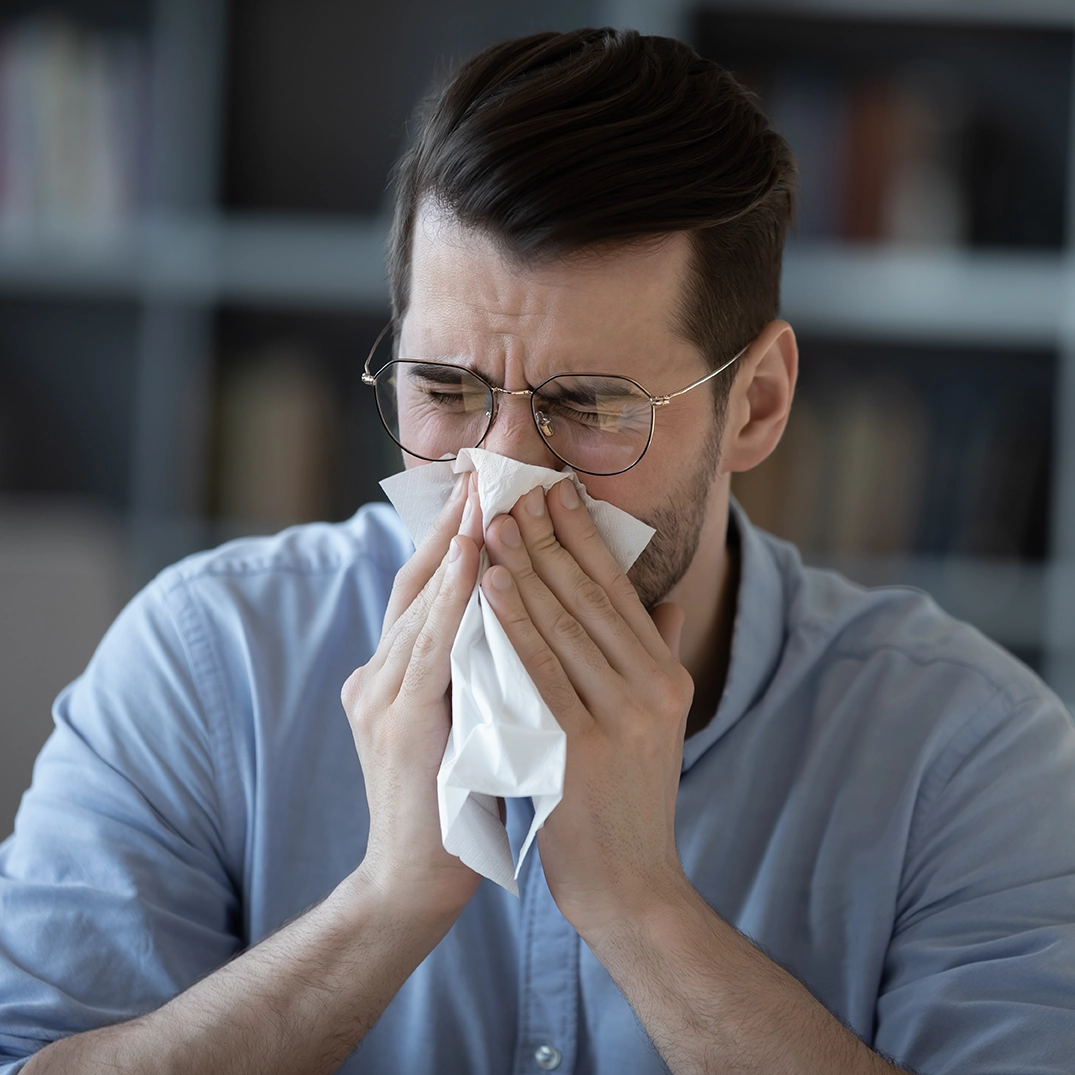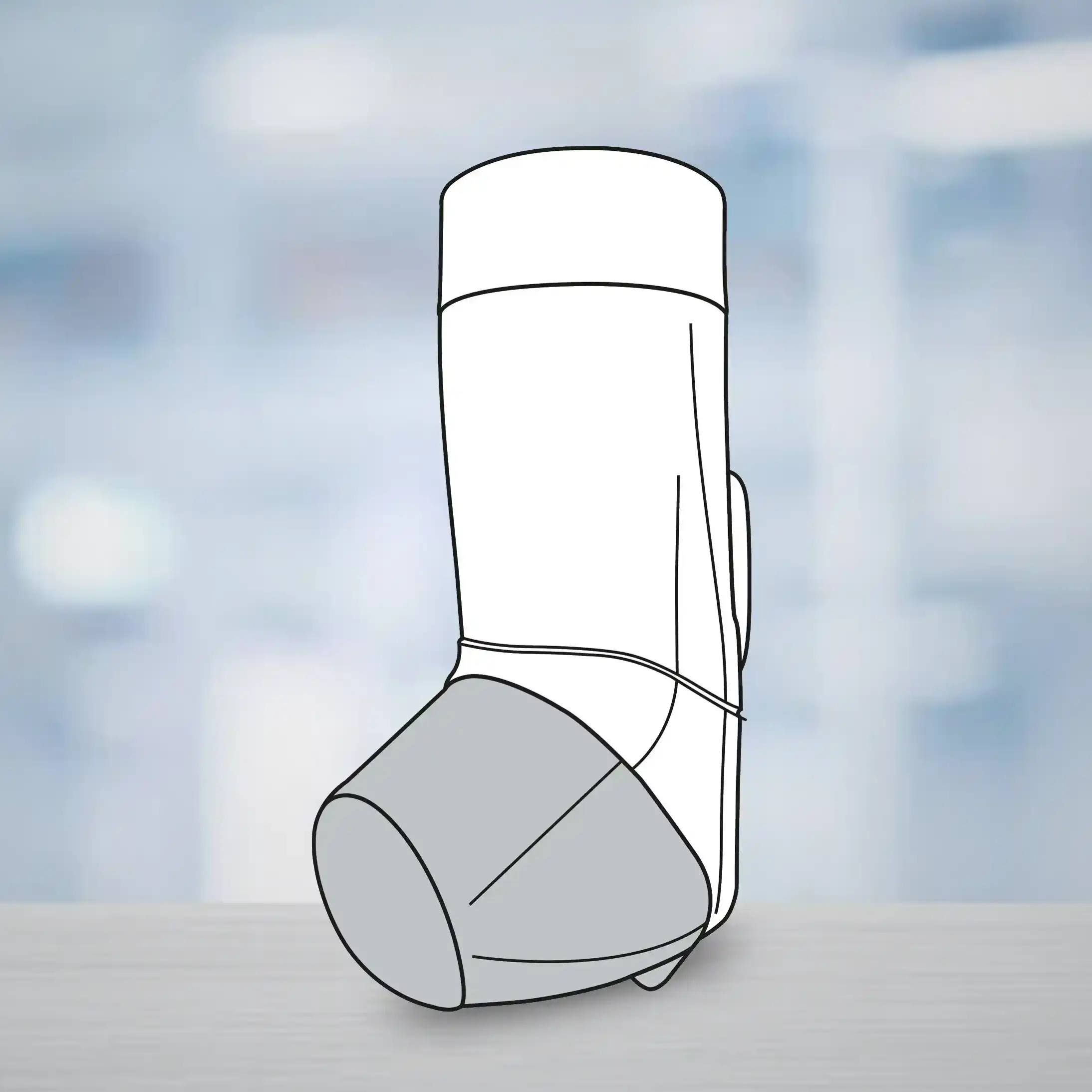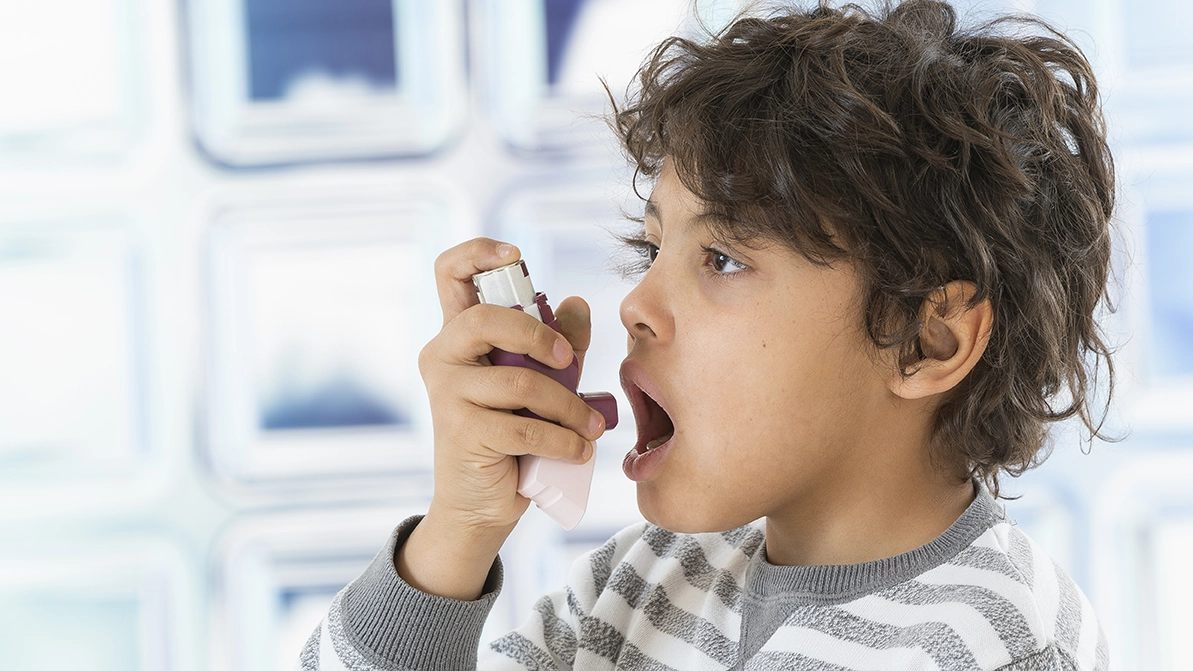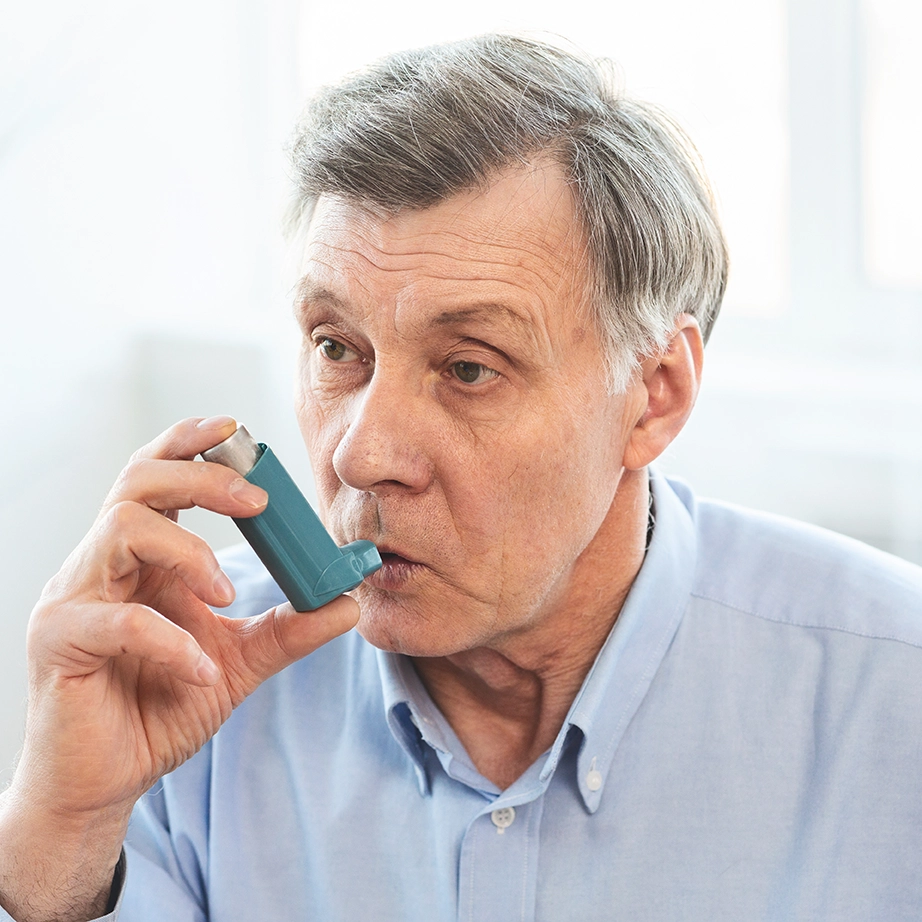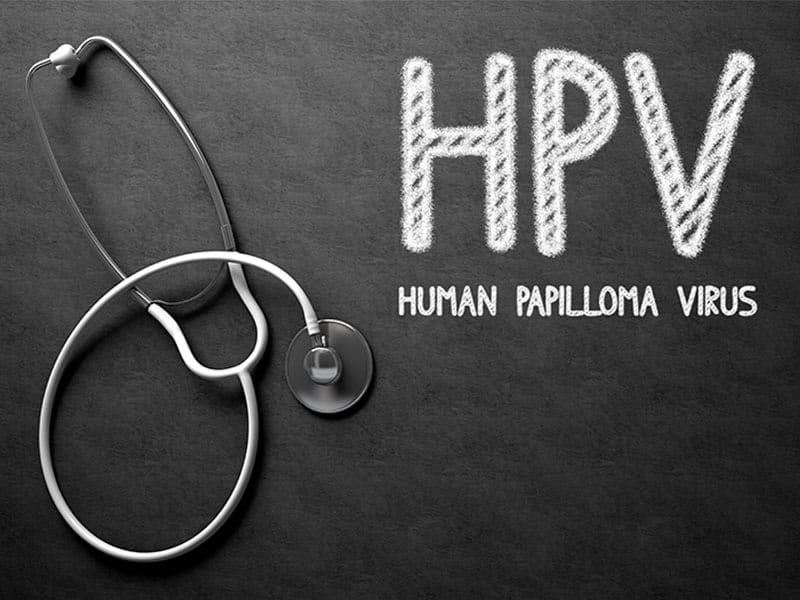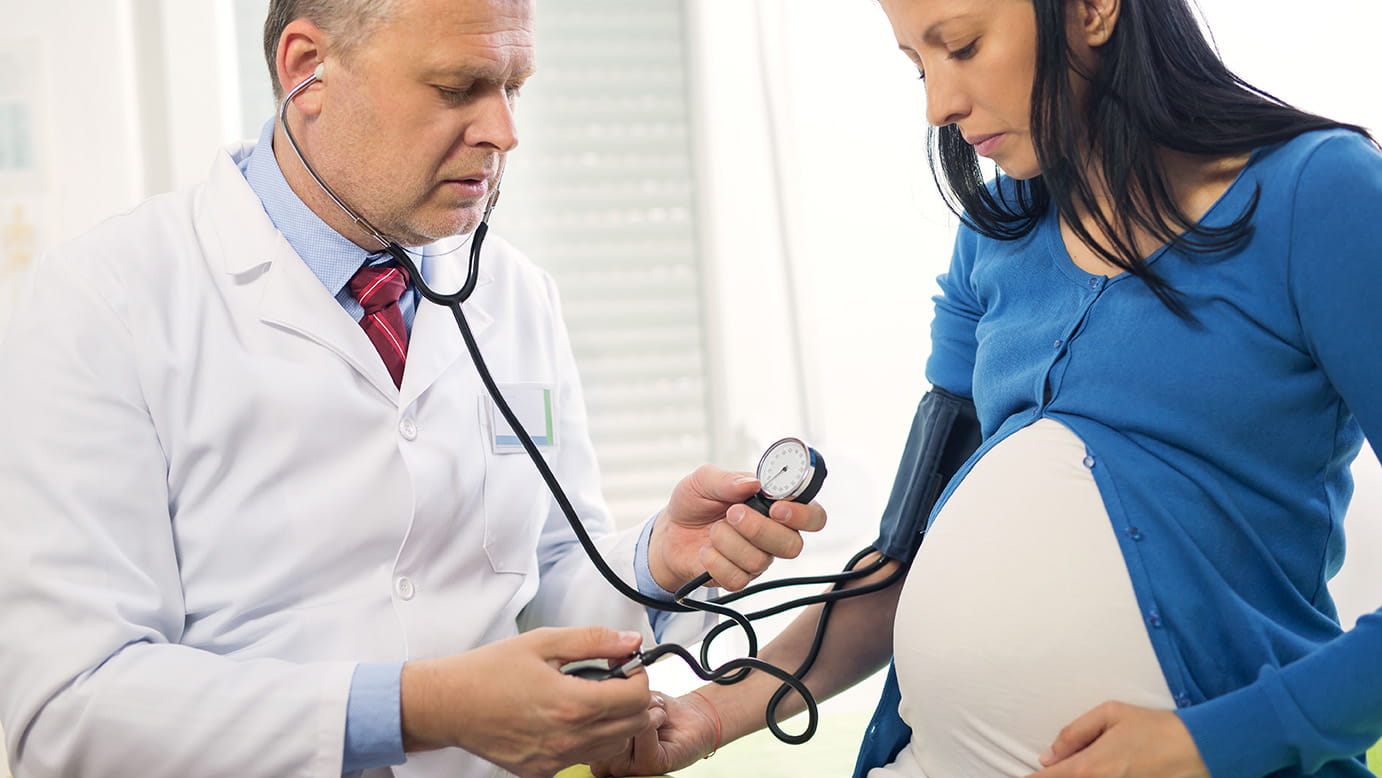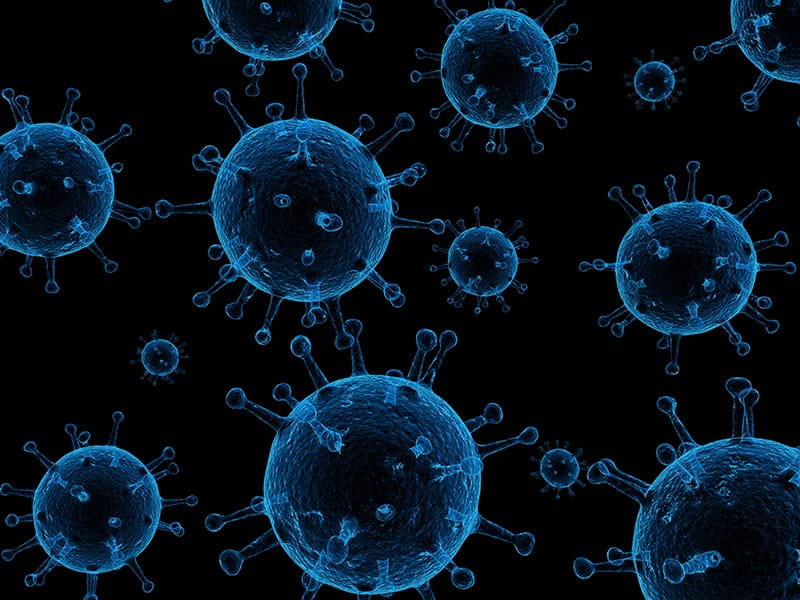Introduction
Treatment options for children and adolescents with migraine are limited and the randomized controlled trials on rizatriptan have shown mixed results in pediatric migraineurs.
Aim
To evaluate the efficacy of rizatriptan in acute treatment of migraine in children and adolescents with unsatisfactory response to nonsteroidal anti-inflammatory drugs and acetaminophen/paracetamol.
Patient Profile
-
-
240 migraine patients of both sex and aged 6-17 years old (>20 kg in weight), with at least a 6-month history of migraine attacks (>1 and <8 moderate to severe attacks per month in 2 months before screening visit), with or without aura as defined by International Headache Society criteria, usually lasting >3 hours (when untreated).
-
They had an unsatisfactory response to nonsteroidal anti-inflammatory drugs or acetaminophen/paracetamol
Method
Study Design
-
-
Randomized, double-blind, placebo-controlled, parallel-group outpatient study
-
Patients had a run-in with weight-based rizatriptan dosing: 5 mg for <40 kg, 10 mg for >40 kg. In the Stage 1 run-in, patients were randomized in a ratio of 20:1 placebo:rizatriptan and were instructed to treat within 30 minutes of a moderate/severe migraine.
-
Patients with mild/no pain after 15 minutes of treatment (responders) took no further study medication, whereas patients with moderate/severe pain (non-responders) proceeded to take study medication in Stage 2.
-
Nonresponders who received placebo in Stage 1 were randomized 1:1 to rizatriptan:placebo, whereas non-responders who received rizatriptan in Stage 1 were allocated to placebo in Stage 2.
Endpoints
-
-
Pain freedom at 2 hours after Stage 2 dose (Pain freedom was definedas a reduction in pain from moderate or severe to no pain)
Results
Efficacy
-
Rizatriptan was superior for greater response rates in pain freedom at 2 hours in 12 -17 year-olds compared with placebo (30.6% vs. 22.0%, odds ratio=1.55) (Figure 1)
-
In 6-17-year-olds, rizatriptan was better for 2-hour pain freedom as compared to placebo (33.0% vs 24.2%) (Figure 1)
-
Rizatriptan treatment showed higher response rate for 2-hour pain freedom as compared to placebo in a subgroup analysis of patients weighing <40 kg (39.4% vs. 36.7%) as well as those weighing >40 kg (30.7% vs. 20.5%)
-
In the post hoc analysis for 2-hour pain relief, rizatriptan was better than placebo in 12-17-year-olds (51.8% vs. 42.7%, respectively; p-value=0.033) and 6-17-year-olds (52.4% vs. 43.3%, respectively; p-value=0.019)
-
Higher percentage of patients felt ‘a lot better’ for rizatriptan versus placebo across all age groups (33.8% vs. 26.9% in 12–17-year-olds, 44.9% vs. 29.7% in 6–11-year-olds, and 36.7% vs. 27.6% in 6–17-year-olds)
Figure 1: Percentage of patients with pain freedom at 2 hours after Stage 2
Safety
-
Rizatriptan was well tolerated in acute treatment of pediatric migraineurs with adverse events similar to placebo across the different age groups.
Conclusion
Rizatriptan is significantly effective versus placebo in eliminating acute migraine pain in pediatric patients aged 12–17 and 6–17 years who had failed to respond to over-the-counter analgesics.
Cephalalgia 2012, 32(10): 750–765

